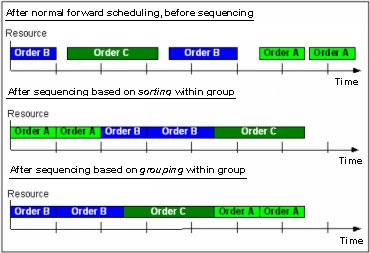
Sialic acid (Sia) is a generic term for a family of acidic monosaccharides found at the terminal ends of sugar chains attached to cell surfaces and to soluble glycoproteins ( 1– 3). In this regard, it is of interest that although Neu5Gc is the major sialic acid in most organs of the chimpanzee, its expression is selectively down-regulated in the brain, for as yet unknown reasons.

Taken together, these studies indicate that the CMAH gene was inactivated shortly before the time when brain expansion began in humankind's ancestry, ≈2.1–2.2 mya.

Third, we apply molecular clock analysis to chimpanzee and other great ape CMAH genes and the corresponding human pseudogene to estimate an inactivation time of ≈2.8 mya. Assuming Alu source genes based on a phylogenetic tree of human-specific Alu elements, we estimate the sah AluY insertion time at ≈2.7 mya. Second, we date the insertion event of the inactivating human-specific sah AluY element that replaced the ancestral AluSq element found adjacent to exon 6 of the CMAH gene in the chimpanzee genome. Two Neandertal fossils studied had clearly detectable Neu5Ac but no Neu5Gc, indicating that the CMAH mutation predated the common ancestor of humans and Neandertals, ≈0.5–0.6 million years ago (mya). First, we have developed a method to extract and identify sialic acids from bones and bony fossils.

Here, we take multiple approaches to estimate the timing of this mutation in relationship to human evolutionary history. This mutation occurred after our last common ancestor with bonobos and chimpanzees, and before the origin of present-day humans. Humans are genetically deficient in the common mammalian sialic acid N-glycolylneuraminic acid (Neu5Gc) because of an Alu-mediated inactivating mutation of the gene encoding the enzyme CMP- N-acetylneuraminic acid (CMP-Neu5Ac) hydroxylase (CMAH).


 0 kommentar(er)
0 kommentar(er)
